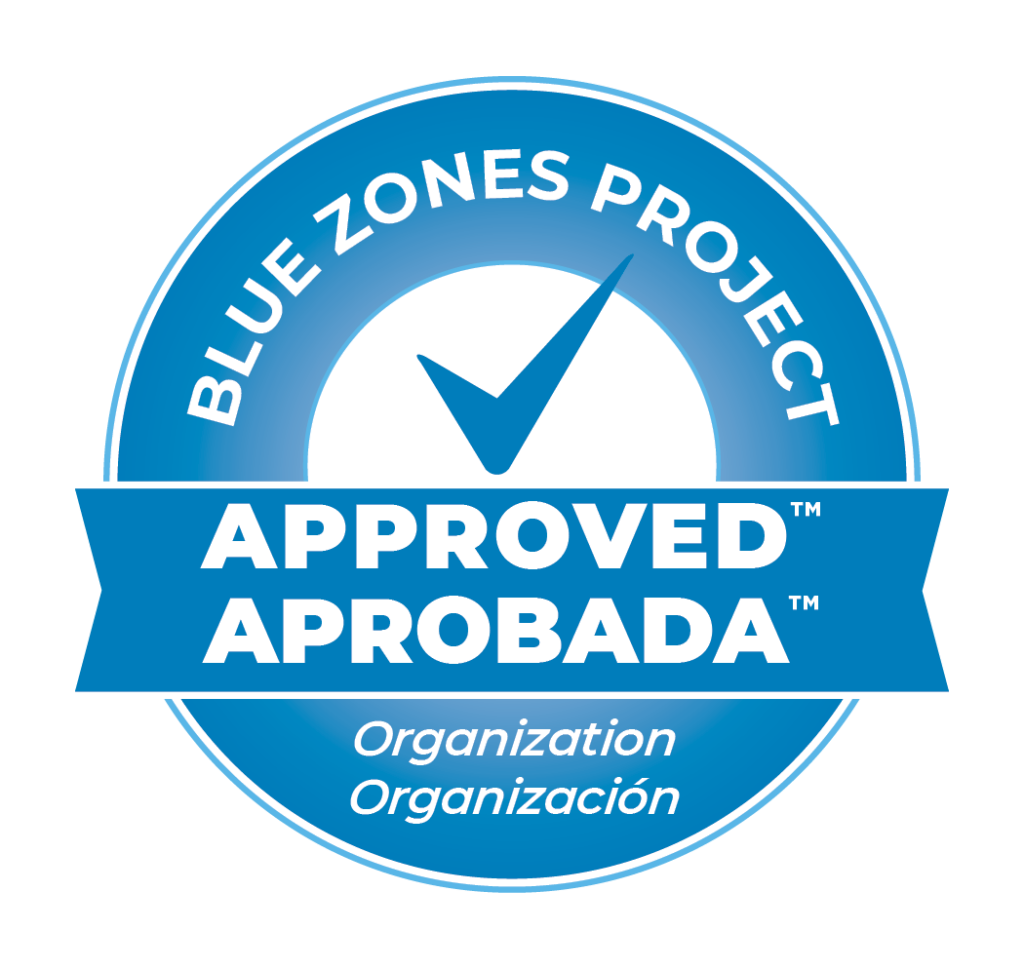[vc_row type=”in_container” full_screen_row_position=”middle” scene_position=”center” text_color=”dark” text_align=”left” overlay_strength=”0.3″ shape_divider_position=”bottom” bg_image_animation=”none”][vc_column column_padding=”no-extra-padding” column_padding_position=”all” background_color_opacity=”1″ background_hover_color_opacity=”1″ column_link_target=”_self” column_shadow=”none” column_border_radius=”none” width=”1/1″ tablet_width_inherit=”default” tablet_text_alignment=”default” phone_text_alignment=”default” column_border_width=”none” column_border_style=”solid” bg_image_animation=”none”][vc_column_text]According to the CDC, suicide rates have increased by 30% since 1999. Each year, more than 41,000 individuals die by suicide, leaving behind their friends and family members to navigate the tragedy of loss. In many cases, friends and families affected by a suicide loss (often called “suicide loss survivors”) are left in the dark. Too often the feelings of shame and stigma prevent them from talking openly.
Suicidal thoughts, much like mental health conditions, can affect anyone regardless of age, gender or background. In fact, suicide is often the result of an untreated mental health condition. Suicidal thoughts, although common, should not be considered normal and often indicate more serious issues.
September is National Suicide Prevention Awareness Month — a time to share resources and stories in an effort to shed light on this highly taboo and stigmatized topic.
According to the National Alliance on Mental Health (nami.org), while suicide prevention is important to address year-round, Suicide Prevention Awareness Month provides a dedicated time to come together with collective passion and strength around a difficult topic. The truth is, we can all benefit from honest conversations about mental health conditions and suicide, because just one conversation can change a life. NAMI has identified some of the risks and signs of suicide:
Know The Warning Signs
- Threats or comments about killing themselves, also known as suicidal ideation, can begin with seemingly harmless thoughts like “I wish I wasn’t here” but can become more overt and dangerous
- Increased alcohol and drug use
- Aggressive behavior
- Social withdrawal from friends, family and the community
- Dramatic mood swings
- Talking, writing or thinking about death
- Impulsive or reckless behavior
Is There Imminent Danger?
Any person exhibiting these behaviors should get care immediately:
- Putting their affairs in order and giving away their possessions
- Saying goodbye to friends and family
- Mood shifts from despair to calm
- Planning, possibly by looking around to buy, steal or borrow the tools they need to complete suicide, such as a firearm or prescription medication
If you are unsure, a licensed mental health professional can help assess risk.
Risk Factors For Suicide
Research has found that more than half of people (54%) who died by suicide did not have a known mental health condition. A number of other things may put a person at risk of suicide, including:
- A family history of suicide.
- Substance abuse. Drugs and alcohol can result in mental highs and lows that exacerbate suicidal thoughts.
- Intoxication. More than one in three people who die from suicide are found to be currently under the influence.
- Access to firearms.
- A serious or chronic medical illness.
- Gender. Although more women than men attempt suicide, men are four times more likely to die by suicide.
- A history of trauma or abuse.
- Prolonged stress.
- Isolation.
- Age. People under age 24 or above age 65 are at a higher risk for suicide.
- A recent tragedy or loss.
- Agitation and sleep deprivation.
Can Thoughts Of Suicide Be Prevented?
Mental health professionals are trained to help a person understand their feelings and can improve mental wellness and resiliency. Depending on their training they can provide effective ways to help.
Psychotherapy such as cognitive behavioral therapy and dialectical behavior therapy, can help a person with thoughts of suicide recognize unhealthy patterns of thinking and behavior, validate troubling feelings, and learn coping skills.
Medication can be used if necessary to treat underlying depression and anxiety and can lower a person’s risk of hurting themselves. Depending on the person’s mental health diagnosis, other medications can be used to alleviate symptoms.
Crisis Resources
- If you or someone you know is in an emergency, call 911 immediately.
- If you are in crisis or are experiencing difficult or suicidal thoughts, call the National Suicide Hotline at 1-800-273 TALK (8255)
- If you’re uncomfortable talking on the phone, you can also text NAMI to 741-741 to be connected to a free, trained crisis counselor on the Crisis Text Line.
[/vc_column_text][/vc_column][/vc_row][vc_row type=”in_container” full_screen_row_position=”middle” scene_position=”center” text_color=”dark” text_align=”left” overlay_strength=”0.3″ shape_divider_position=”bottom” bg_image_animation=”none”][vc_column column_padding=”no-extra-padding” column_padding_position=”all” background_color_opacity=”1″ background_hover_color_opacity=”1″ column_link_target=”_self” column_shadow=”none” column_border_radius=”none” width=”1/1″ tablet_width_inherit=”default” tablet_text_alignment=”default” phone_text_alignment=”default” column_border_width=”none” column_border_style=”solid” bg_image_animation=”none”][nectar_btn size=”small” button_style=”see-through-2″ hover_text_color_override=”#ffffff” icon_family=”none” url=”https://donatenow.networkforgood.org/interiminc” text=”Make a donation” margin_right=”20″][nectar_btn size=”small” button_style=”see-through-2″ hover_text_color_override=”#ffffff” icon_family=”none” url=”https://visitor.r20.constantcontact.com/manage/optin?v=001EHs8nXD-JT8ET9I6bsb8Qz7BUNzeIGewN9M0bWPLSO1vb6KhUV168Qp6OIkP7FuOYMz2uvZ7pG0qtRtFCH3YHmXOV6JzlwCt3KQLLK0zeCzh73fspqL3b2dh7K5EHbJ1BFijmpDPcZ26_NBdCLO91OrQhUZ0n9KZr1UlDW6kbT7l-cJ3yijW0c3vcA-B2DHfoDqzMzg2VS00sNw3tvQhMro182dM8Qqwy3HFVWfPT3BHZwlpBkwT4Q%3D%3D” text=”Sign up for our newsletter”][/vc_column][/vc_row]




